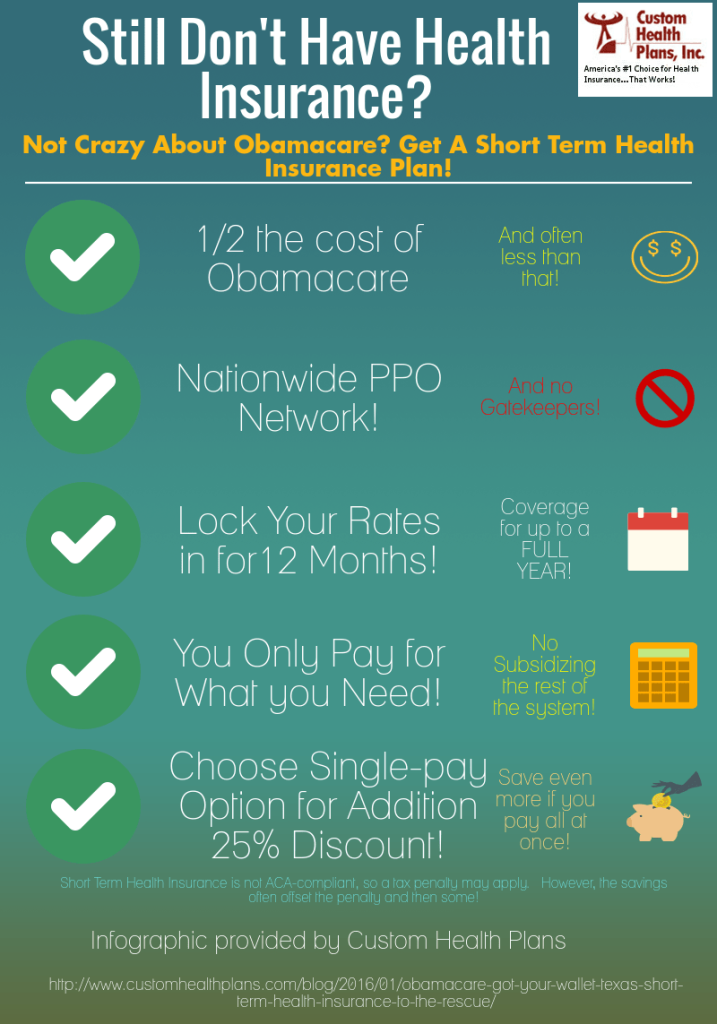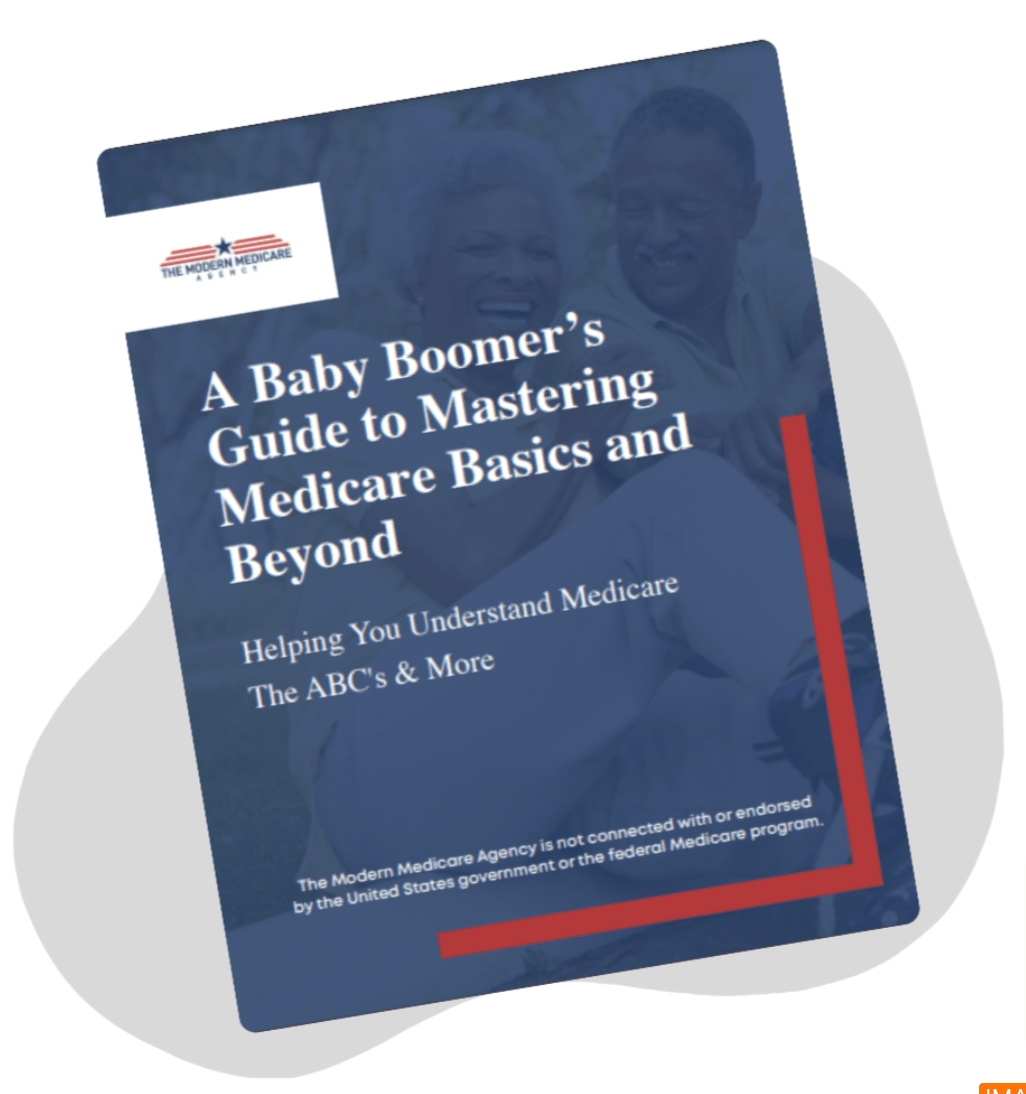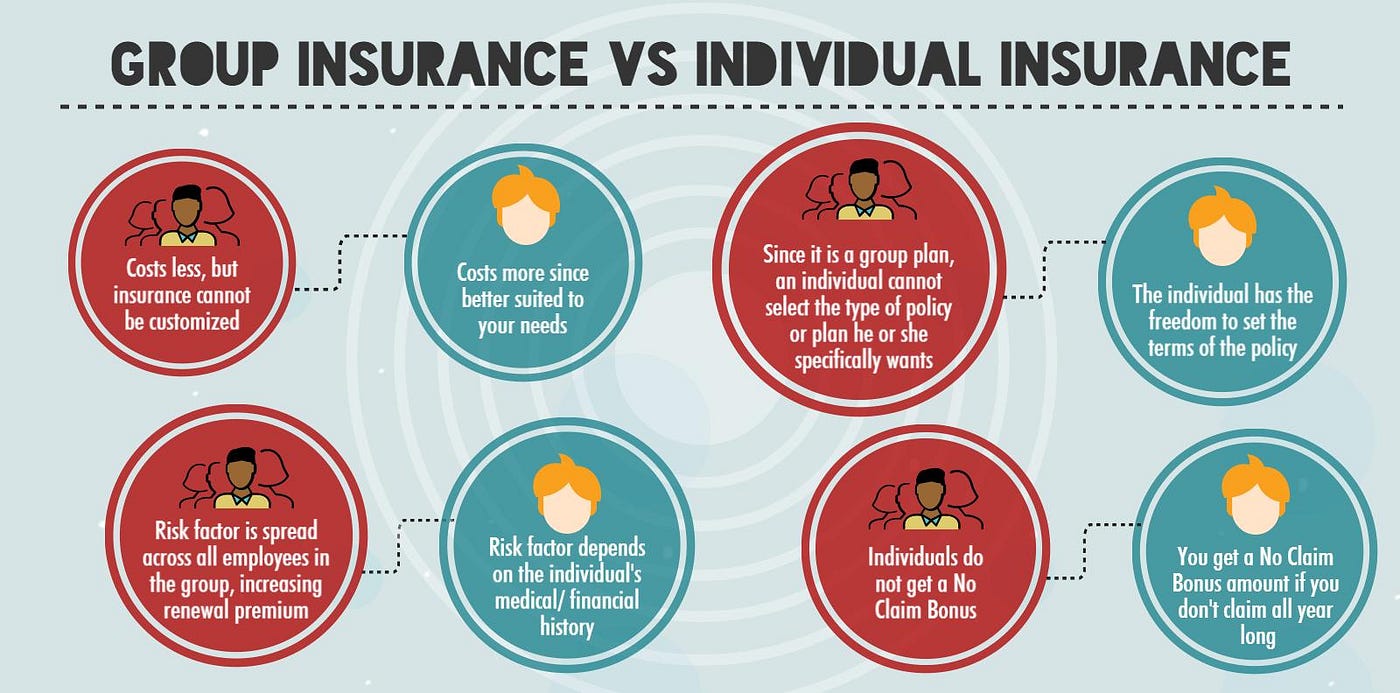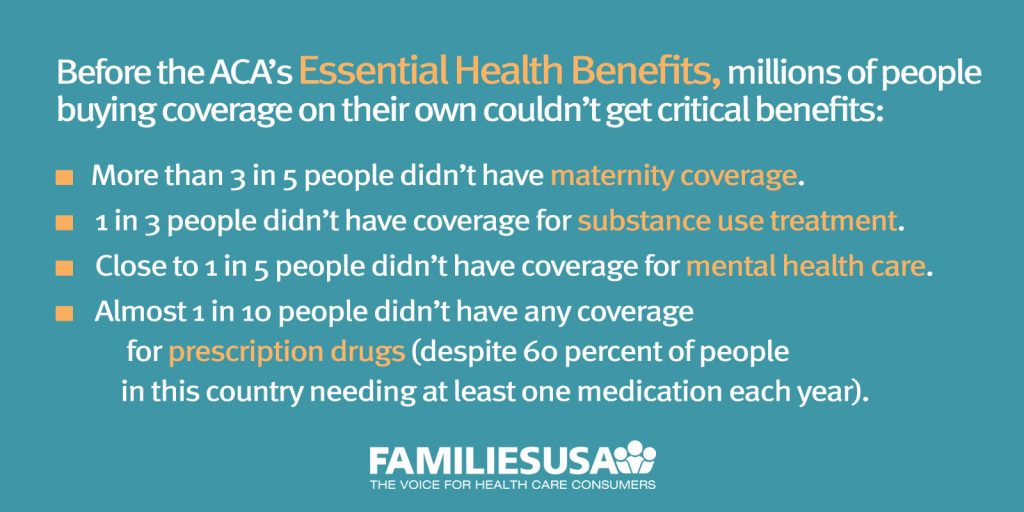The Single Strategy To Use For Medicare Advantage Agent
Our Medicare Advantage Agent Diaries
Table of ContentsThe Definitive Guide to Medicare Advantage AgentThe Ultimate Guide To Medicare Advantage AgentMedicare Advantage Agent Things To Know Before You Buy


follows from confusing the relatively young age profile of account uninsured with without insurance better healthFar better wellness average, standard younger persons. For those without access to workplace health insurance, inadequate wellness is a possible barrier to buying nongroup coverage because such insurance coverage might be extremely priced, exclude pre-existing problems, or be simply not available. Unless or else kept in mind, national estimates of people without wellness insurance policy and percentages of the population with various kinds of insurance coverage are based on the CPS, the most commonly used resource of quotes of insurance protection and uninsurance prices.

The Ultimate Guide To Medicare Advantage Agent
Over a three-year period starting early in 1993, 72 million people, 29 percent of the united state population, were without insurance coverage for at the very least one month. Within a single year(1994), 53 million individuals experienced at least a month without protection(Bennefield, 1998a). Six out of every 10 without insurance adults are themselves used. Although working does boost the probability that one and one's household members will certainly have insurance, it is not a warranty. Also members of households with 2 full-time breadwinner have almost a one-in-ten possibility of being without insurance (9.1 percent uninsured rate)(Hoffman and Pohl, 2000 ). The partnership between medical insurance and accessibility to care is well developed, as documented later in this chapter. Although the partnership between health and wellness insurance and health results is neither straight nor easy, a considerable medical and health and wellness solutions study literary works links health insurance policy protection
to better accessibility to care, far better quality, and improved personal and population health and wellness standing. The 2nd record, on personal health end results for without insurance grownups, is represented by the inner circle of the number, while the third report, on family members wellness, encompasses the topics of the 2nd report but stresses a different unit of evaluation, specifically, the family. The sixth record in the series will offer info about strategies and campaigns taken on locally, statewide, or nationally to resolve the lack of insurance and its damaging effects. Levels of analysis for analyzing the results of uninsurance. This conversation of medical insurance coverage concentrates mostly on the U.S. populace under age 65 because basically all Americans 65 and older have Medicare or other public insurance coverage.
Furthermore, it focuses specifically on those with no wellness insurance policy for any length of time. The troubles encountered by the underinsured remain in some aspects comparable to those dealt with by the uninsured, although they are typically less severe. Uninsurance and underinsurance, however, involve distinctly different plan concerns, and the approaches for resolving them might differ. Throughout this study and the five records to adhere to, the primary focus is on individuals without medical insurance and therefore no support in paying for health treatment past what is offered through charity and safeguard establishments. Wellness insurance coverage is a powerful factor influencing receipt of treatment because both clients and physicians react to the out-of-pocket price of solutions. Health insurance, nonetheless, is neither needed neither enough to access to medical services. However, the independent and straight effect of health
insurance policy coverage on accessibility to health services is well established. Others will get the health and wellness his explanation treatment they require even without medical insurance, by spending for it expense or seeking it from carriers who use care free or at very subsidized prices. For still others, health insurance coverage alone does not guarantee receipt of treatment due to other nonfinancial obstacles, such as a lack of their explanation healthcare companies in their area, minimal accessibility to transport, illiteracy, or linguistic and cultural differences. Official research study concerning without insurance populations in the USA dates to the late 1920s and very early 1930s when the Board on the Cost of Medical Care generated a collection of reports regarding financing physician workplace check outs and hospital stays. This issue ended up being prominent as the varieties of medically indigent climbed up during the Great Clinical depression. Empirical research studies regularly sustain the link between access to care and enhanced wellness outcomes(Bindman et al., 1995; Starfield, 1995 ). Having a normal resource of care can be considered a predictor of gain access to, instead of a direct measure of it, when wellness outcomes are themselves made use of as access indicators. This extension of the notion of accessibility measurement was made by the IOM Committee on Keeping Track Of Gain Access To to Personal Healthcare Solutions(Millman, 1993, p. Whether or not parents are insured shows up to impact whether or not their youngsters receive care along with just how much careeven if the kids themselves have coverage(Hanson, read 1998). The health and wellness of parents can influence their capability to take care of their kids and the level of family stress and anxiety. Stressing over their children's accessibility to care is itself a source of tension for parents. Three chapters comply with in this report. Phase 2 supplies a review of how employment-based medical insurance, public programs and individual insurance policy policies operate and communicate to supply comprehensive yet insufficient protection of the U.S. populace. This consists of an evaluation of historical fads and public policies affecting both public and exclusive insurance, a discussion of the interactions amongst the various kinds of insurance, and an assessment of why individuals relocate from one program to another or finish up
